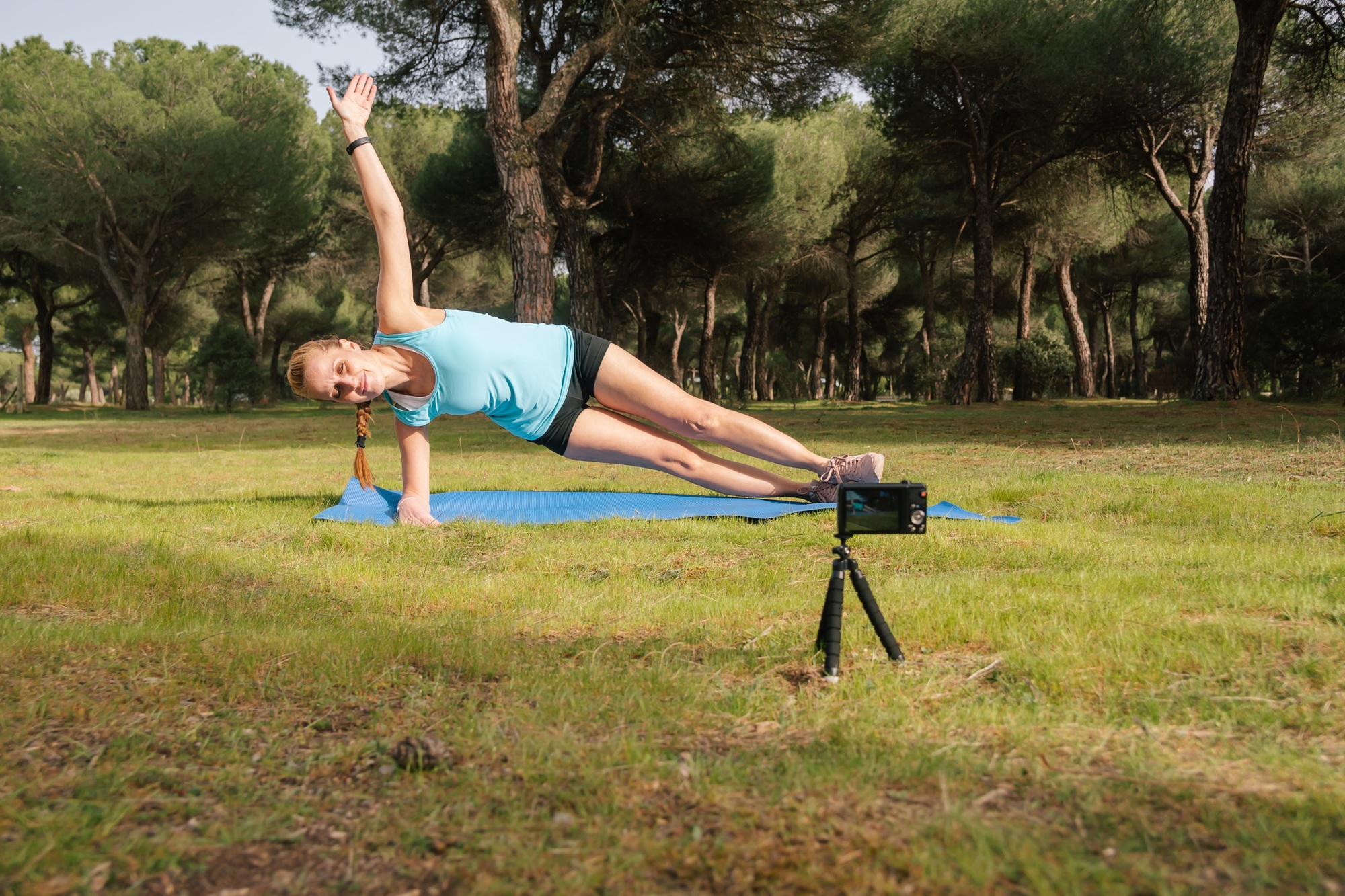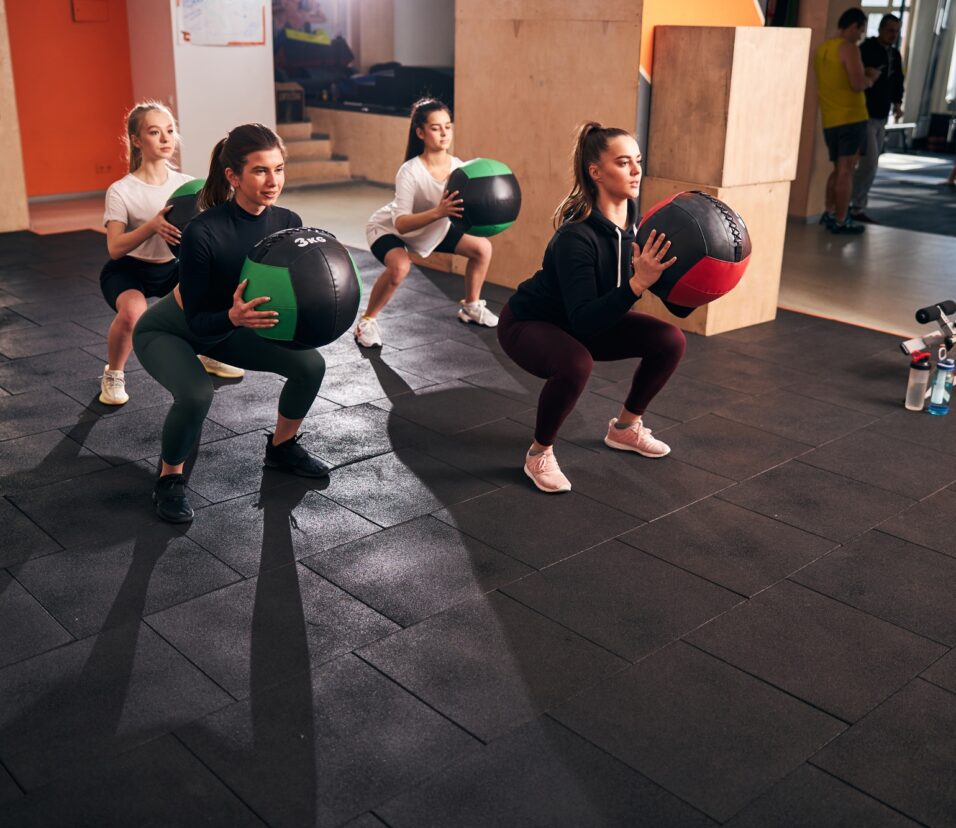🏋️♂️ Fitness Trends & Active Lifestyle: The Future of Health and Wellness
Introduction
The world of fitness is evolving faster than ever. From wearable technology to AI-powered workouts and mind-body training, the fitness industry has transformed into a multi-billion-dollar global movement. But here’s the truth — fitness is no longer just about spending hours in the gym. It’s about building an active lifestyle that supports long-term health, energy, and balance.
In this guide, we’ll explore the top fitness trends of 2025 and beyond, how they are shaping the way we move, and how you can adopt them into your life for maximum benefits. Whether you’re a beginner, athlete, or someone just trying to stay healthy, these insights will help you stay ahead of the curve.
🔹 What Does “Active Lifestyle” Really Mean?
An active lifestyle isn’t limited to hitting the gym or running marathons. It’s about daily movement, mindful choices, and sustainable habits that keep you physically and mentally strong.
Key elements include:
- Consistent exercise (strength, cardio, flexibility)
- Functional movements (walking, climbing stairs, carrying groceries)
- Nutrition and hydration
- Rest and recovery
- Mental well-being (stress management, mindfulness)
👉 Put simply: An active lifestyle = making movement a part of your everyday routine.
🔹 Top Fitness Trends in 2025
Here are the biggest fitness trends shaping the industry right now — backed by science, technology, and cultural shifts.
1. Wearable Technology & Fitness Apps
Smartwatches, fitness trackers, and AI-based apps are now part of everyday life. They track:
- Heart rate & calories burned
- Sleep quality
- Steps & activity levels
- Stress and recovery
💡 Why it matters: Data-driven fitness makes it easier to set goals, stay motivated, and prevent overtraining.
2. Hybrid Workouts (Gym + Online)
Post-pandemic, many prefer a hybrid fitness approach — combining in-person classes with virtual workouts. Platforms like Peloton, Apple Fitness+, and YouTube offer unlimited options.
💡 Why it matters: Flexibility to work out anytime, anywhere = consistency and accessibility.
3. Strength Training for Everyone
Strength training is no longer just for bodybuilders. From teenagers to seniors, people are lifting weights, using resistance bands, and training with bodyweight.
Benefits include:
- Increased metabolism (burns fat at rest)
- Better posture and bone density
- Improved performance in sports and daily life
4. Mind-Body Fitness (Yoga, Pilates, Meditation)
People are realizing that mental fitness = physical fitness. Practices like Yoga, Pilates, and mindfulness training help reduce stress while improving strength, flexibility, and focus.
5. HIIT (High-Intensity Interval Training)
HIIT workouts continue to dominate because they deliver maximum results in minimum time. A 20-minute HIIT session can burn more calories than an hour of jogging.
Best for:
- Fat loss
- Endurance improvement
- Busy lifestyles
6. Functional Fitness Training
This trend focuses on real-life movements: pushing, pulling, bending, squatting, carrying. It helps with:
- Injury prevention
- Daily activity efficiency
- Longevity
7. Recovery & Wellness Practices
Athletes and everyday gym-goers now value recovery as much as training. Popular recovery tools include:
- Foam rolling & massage guns
- Cold therapy & infrared saunas
- Sleep optimization techniques
8. Group Training & Fitness Communities
Community-based workouts like CrossFit, Zumba, and outdoor boot camps are on the rise. Social accountability keeps people consistent.
9. Nutrition + Fitness Integration
Fitness is incomplete without nutrition. Trends like:
- High-protein diets
- Plant-based nutrition
- Intermittent fasting
- Personalized supplements
are growing rapidly because people want energy, fat loss, and long-term health.
10. AI & Virtual Reality Workouts
Imagine boxing in a VR arena or getting real-time AI feedback on your squats. Fitness is merging with technology and gaming to keep workouts fun and engaging.
🔹 Benefits of Following Fitness Trends for an Active Lifestyle
- Keeps You Motivated – New trends prevent workout boredom.
- Improves Health Holistically – Covers strength, endurance, flexibility, and recovery.
- Prevents Injuries – Modern training focuses on functional, safe movements.
- Saves Time – Efficient workouts like HIIT and hybrid classes fit into busy schedules.
- Supports Mental Health – Yoga, meditation, and mindful fitness reduce stress.
🔹 How to Build an Active Lifestyle in 2025 (Step-by-Step)
- Start Small – Begin with 20 minutes of daily movement.
- Mix Workouts – Combine cardio, strength, and mobility training.
- Use Technology – Track progress with apps and wearables.
- Prioritize Recovery – Sleep, stretching, and hydration are key.
- Stay Consistent – Focus on habit-building, not perfection.
🔹 Sample Weekly Active Lifestyle Plan
Monday – Strength Training (Full body)
Tuesday – Yoga & Mobility
Wednesday – HIIT (20 minutes)
Thursday – Walking / Cycling (Low intensity)
Friday – Pilates & Core
Saturday – Outdoor Sports / Group Training
Sunday – Rest & Recovery (foam rolling, meditation)
🔹 Common Mistakes to Avoid
❌ Following trends blindly without considering personal needs
❌ Overtraining without recovery
❌ Ignoring nutrition and hydration
❌ Comparing progress with others instead of focusing on your journey









Leave feedback about this